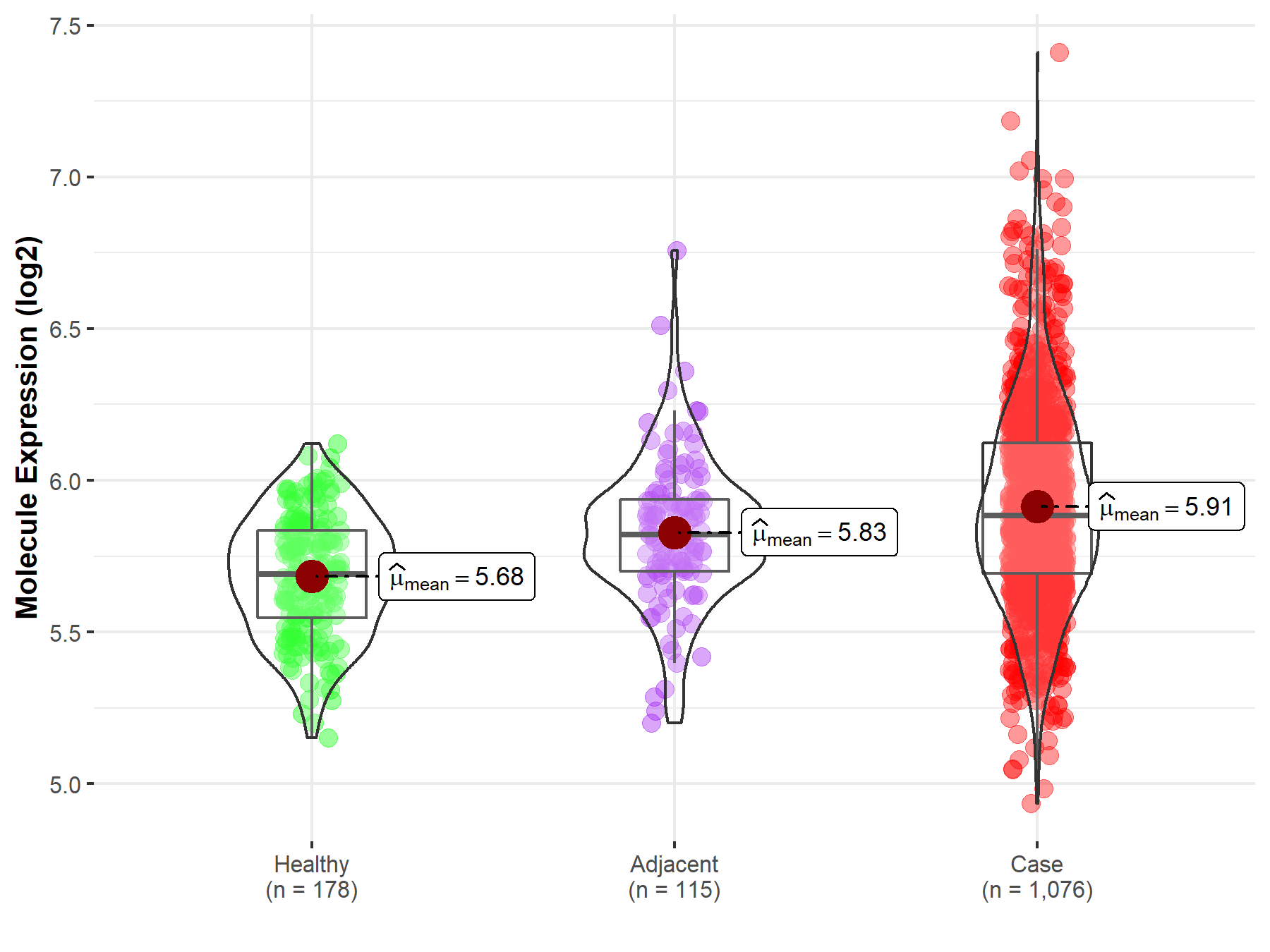Molecule Information
General Information of the Molecule (ID: Mol00442)
| Name |
Inositol polyphosphate-4-phosphatase type I A (INPP4A)
,Homo sapiens
|
||||
|---|---|---|---|---|---|
| Synonyms |
Inositol polyphosphate 4-phosphatase type I; Type I inositol 3;4-bisphosphate 4-phosphatase
Click to Show/Hide
|
||||
| Molecule Type |
Protein
|
||||
| Gene Name |
INPP4A
|
||||
| Gene ID | |||||
| Location |
chr2:98444854-98594392[+]
|
||||
| Sequence |
MTAREHSPRHGARARAMQRASTIDVAADMLGLSLAGNIQDPDEPILEFSLACSELHTPSL
DRKPNSFVAVSVTTPPQAFWTKHAQTEIIEGTNNPIFLSSIAFFQDSLINQMTQVKLSVY DVKDRSQGTMYLLGSGTFIVKDLLQDRHHRLHLTLRSAESDRVGNITVIGWQMEEKSDQR PPVTRSVDTVNGRMVLPVDESLTEALGIRSKYASLRKDTLLKSVFGGAICRMYRFPTTDG NHLRILEQMAESVLSLHVPRQFVKLLLEEDAARVCELEELGELSPCWESLRRQIVTQYQT IILTYQENLTDLHQYRGPSFKASSLKADKKLEFVPTNLHIQRMRVQDDGGSDQNYDIVTI GAPAAHCQGFKSGGLRKKLHKFEETKKHFEECCTSSGCQSIIYIPQDVVRAKEIIAQINT LKTQVSYYAERLSRAAKDRSATGLERTLAILADKTRQLVTVCDCKLLANSIHGLNAARPD YIASKASPTSTEEEQVMLRNDQDTLMARWTGRNSRSSLQVDWHEEEWEKVWLNVDKSLEC IIQRVDKLLQKERLHGEGCEDVFPCAGSCTSKKGNPDSHAYWIRPEDPFCDVPSSPCPST MPSTACHPHLTTHCSPPPEESSPGEWSEALYPLLTTLTDCVAMMSDKAKKAMVFLLMQDS APTIATYLSLQYRRDVVFCQTLTALICGFIIKLRNCLHDDGFLRQLYTIGLLAQFESLLS TYGEELAMLEDMSLGIMDLRNVTFKVTQATSSASADMLPVITGNRDGFNVRVPLPGPLFD ALPREIQSGMLLRVQPVLFNVGINEQQTLAERFGDTSLQEVINVESLVRLNSYFEQFKEV LPEDCLPRSRSQTCLPELLRFLGQNVHARKNKNVDILWQAAEICRRLNGVRFTSCKSAKD RTAMSVTLEQCLILQHEHGMAPQVFTQALECMRSEGCRRENTMKNVGSRKYAFNSLQLKA FPKHYRPPEGTYGKVET Click to Show/Hide
|
||||
| Function |
Catalyzes the hydrolysis of the 4-position phosphate of phosphatidylinositol 3,4-bisphosphate (PtdIns(3,4)P2). Catalyzes also inositol 1,3,4-trisphosphate and inositol 1,4-bisphosphate. Antagonizes the PI3K-AKT/PKB signaling pathway by dephosphorylating phosphoinositides and thereby modulating cell cycle progression and cell survival. May protect neurons from excitotoxic cell death by regulating the synaptic localization of cell surface N-methyl-D-aspartate-type glutamate receptors (NMDARs) and NMDAR-mediated excitatory postsynaptic current.
Click to Show/Hide
|
||||
| Uniprot ID | |||||
| Ensembl ID | |||||
| HGNC ID | |||||
| Click to Show/Hide the Complete Species Lineage | |||||
Type(s) of Resistant Mechanism of This Molecule
Drug Resistance Data Categorized by Drug
Approved Drug(s)
1 drug(s) in total
| Drug Resistance Data Categorized by Their Corresponding Mechanisms | ||||
|
|
||||
| Disease Class: Non-small cell lung cancer | [1] | |||
| Resistant Disease | Non-small cell lung cancer [ICD-11: 2C25.Y] | |||
| Resistant Drug | Epirubicin | |||
| Molecule Alteration | Expression | Down-regulation |
||
| Experimental Note | Identified from the Human Clinical Data | |||
| Cell Pathway Regulation | Cell apoptosis | Inhibition | hsa04210 | |
| Cell colony | Activation | hsa05200 | ||
| Cell viability | Activation | hsa05200 | ||
| JAKT2/STAT3 signaling pathway | Activation | hsa04030 | ||
| In Vitro Model | H1299 cells | Lung | Homo sapiens (Human) | CVCL_0060 |
| Experiment for Molecule Alteration |
Western blot analysis | |||
| Experiment for Drug Resistance |
MTT assay; Flow cytometry assay | |||
| Mechanism Description | Overexpression of miR-4443 promotes the resistance of non-small cell lung cancer cells to epirubicin by downregulating INPP4A and regulating the activation of JAk2/STAT3 pathway. | |||
Disease- and Tissue-specific Abundances of This Molecule
ICD Disease Classification 02

| Differential expression of molecule in resistant diseases | ||
| The Studied Tissue | Lung | |
| The Specified Disease | Lung cancer | |
| The Expression Level of Disease Section Compare with the Healthy Individual Tissue | p-value: 5.42E-31; Fold-change: 1.94E-01; Z-score: 9.69E-01 | |
| The Expression Level of Disease Section Compare with the Adjacent Tissue | p-value: 7.15E-04; Fold-change: 6.32E-02; Z-score: 2.61E-01 | |
|
Molecule expression in the normal tissue adjacent to the diseased tissue of patients
Molecule expression in the diseased tissue of patients
Molecule expression in the normal tissue of healthy individuals
|
||
| Disease-specific Molecule Abundances |

|
Click to View the Clearer Original Diagram |
Tissue-specific Molecule Abundances in Healthy Individuals


|
||
References
If you find any error in data or bug in web service, please kindly report it to Dr. Sun and Dr. Zhang.
